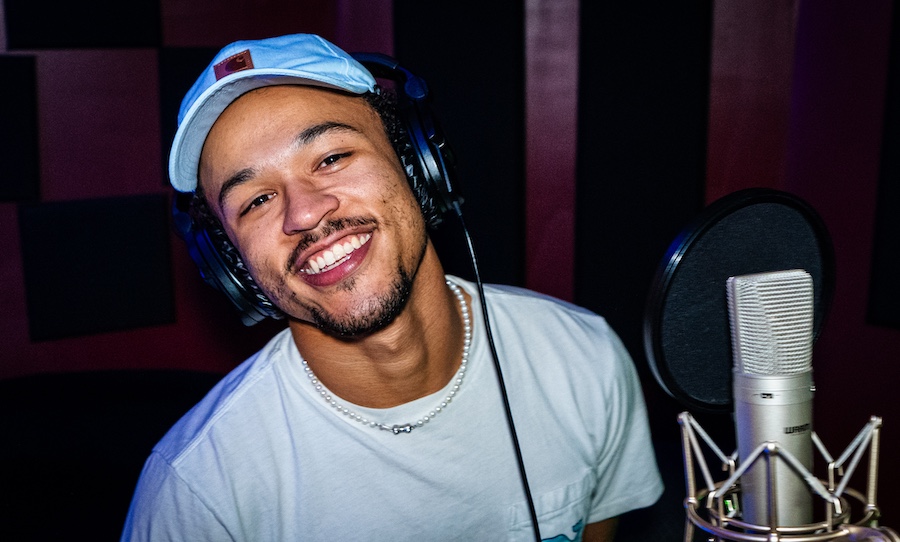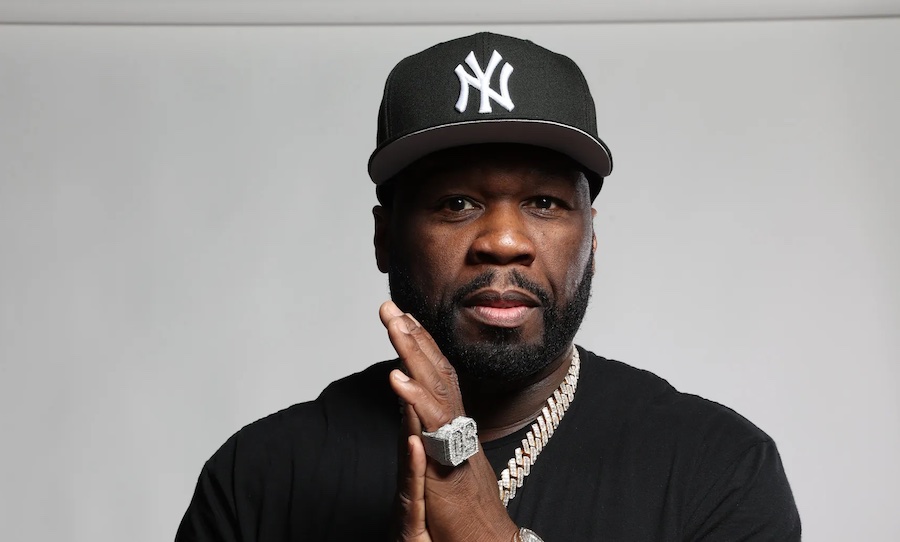Rage Against the Machine‘s rise to public prominence was as explosive as their music. The band itself was a melange of racial backgrounds and musical influences—hardly an easy marketing proposition. But those surface concerns for record execs melted away when they saw them play. The four young men who dined out on punk, metal, hardcore and rap in previous lives brought their baggage with them, birthing a sound that could only be given one label: Rage Against the Machine.
From early demos came a groundswell of L.A. support, which in turn led to a record deal with Epic. This is the story of how Rage Against the Machine entered the world’s consciousness and the sounds that reimagined what was possible in rock.
Rage Against the Machine formed from disparate backgrounds and made their name at the vanguard of a completely new style of rock. Let’s dive into their stunning debut.
Different worlds
Though politically charged music has a deep enough catalogue to warrant its own genre, the mainstream music scene that Rage Against the Machine was about to enter was awakening from a period of decadent excess. The band’s home town of Los Angeles was sweeping up the dying embers of hair metal: a decidedly apolitical style typified by gratuitous guitar work, drum sounds that were slathered in a reverberant glaze and vocal melodies that reached into the stratosphere.
If Rage Against the Machine had a spiritual ancestor, it was more likely to be found in the colder climes of the east coast. Public Enemy had taken up the political gauntlet in the ’80s and experimented with fusing metal and rap in their collaboration with Anthrax. That’s not to say there wasn’t a lively alternative scene in L.A., but it definitely resided underground.
Before the formation of Rage Against The Machine, frontman Zach de la Rocha was in a hardcore band called Inside Out, guitarist Tom Morello featured in punk band Lock Up. When Zach de la Rocha gravitated towards hip hop and started performing at open mics, he met Morello. The two were joined by Tim Commerford—De la Rocha’s high school friend and drummer Brad Wilk. The lineup was complete.
New L.A. sound
The band released a 12-track cassette in early 1992. This and the strength of their live shows garnered a record deal with Epic, a subsidiary of Sony Entertainment. Star rock producer Garth Richardson was enlisted to oversee the recording of the self-titled album, which took place in three L.A. studios—Industrial Recording, Scream Studios and the iconic Sound City. The album, Rage Against the Machine, was released in November 1992.
You only have to listen to a few cuts off the record understand why it was so groundbreaking in the context of surrounding releases. The lead-off track, Bombtrack, begins with a muted guitar and bass intro so quiet, followed by a crescendo so dramatic, then exploding into a riff so heavy with RATM’s trademark melodic language (pentatonic scales, octave leaps, downward chromatic descents), that you could be listening to literally no other band.
To capture the brutal live energy of a Rage Against the Machine performance, the band invited guests to watch them track the songs. The band was struggling to tap into its mojo in the clinical recording environment, so Tom Morello came up with the plan. He told Spin in an interview, “The way we turned the corner was one night we invited a bunch of friends into the studio and basically just played the set.”
And though there might’ve been a few fans watching it all go down, it’s not evident in the recording. As if reacting to the overblown ambience that was an ’80s staple, the RATM debut is remarkably dry. Take Bullet in the Head for example. Beginning with the solo, bone-dry bass riff, the drums kick in, with only the snares roomy reflections offering any respite to the claustrophobia. Morello’s Whammy squeals borrow from the synths of G-Funk and De la Rocha’s vocal tones are classic in-your-face hip hop (and if the vocals are augmented, it’s through double-tracking, rather than reverb or delay).
Despite proudly proclaiming in the liner notes, “no samples, keyboards or synthesizers used in the making of this record” that doesn’t mean there weren’t any effects. Though there was virtually no ambience of modulation emanating from Richardson’s control room, Tom Morello’s approach to the guitar expanded on the band’s hard-hitting riffage, sending the band’s sound into psychedelic territories.
With his Digitech Whammy, he could explore stratospheric octaves (Killing in the Name), his flanger added an extra guttural dimension to flowing riffs (Wake Up) and his custom kill-switch created a tremolo like no other (Know Your Enemy).
Of course, central to the band’s cut-through was the united political message. Summed up in the immortal refrain of Killing in the Name: “Fuck you I won’t do what you tell me” and in the packaging of the album itself, a photo of the self-immolation of Buddhist monk Thich Quang Duc in Vietnam in 1963. During the sessions, L.A. itself was suffering its own violent upheaval in the riots after the beating of Rodney King by police officers. This band had found their moment.
Rage Against the Machine’s debut was an incendiary salvo that surely exceeded the expectations of its contributors. But it’s call to arms still rings as true as it did almost 30 years ago, reminding us that there’s never been a better time than now to play this record.


